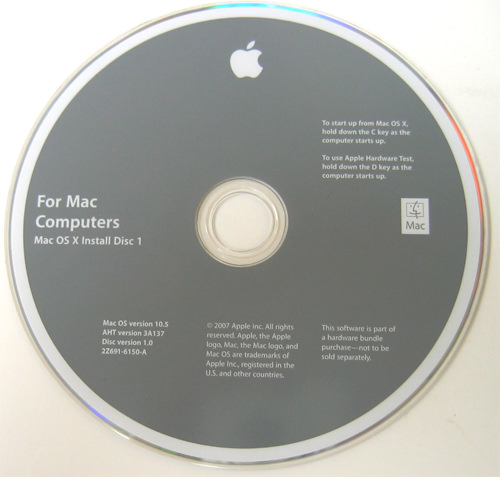

- Open optical drive for snow leapard install on mac pro 2008 mac os x#
- Open optical drive for snow leapard install on mac pro 2008 drivers#
- Open optical drive for snow leapard install on mac pro 2008 update#
On the Installer’s second screen, choose the disk on which to install Snow Leopard if you have only one disk, it’s selected by default. For more on why you might want to choose this route, see “Why Erase and Install?” below.) For example, to erase the hard drive before installing, choose Utilities -> Disk Utility from the first Installer screen after rebooting, and then manually erase the drive you can then exit Disk Utility and proceed with installation.

If so, click the Utilities button and follow the instructions to boot off of the Install DVD. (The exception to the steps just mentioned is if you want to check, repair, or erase your hard drive, or use other utilities, while booted from the Install DVD. Instead, you get to choose your install options immediately: just click Continue, accept the license agreement, and you’re taken to the options screen.
Open optical drive for snow leapard install on mac pro 2008 mac os x#
When you insert the Snow Leopard DVD in your Mac and double-click the Install Mac OS X icon, you aren’t immediately prompted to restart as you have been with previous installers.
Open optical drive for snow leapard install on mac pro 2008 update#
(Don’t forget to check for new versions of preference panes and other add-ons that run in the background.) Finally, as with any major software update or upgrade, you should be sure to back up before installing Snow Leopard.

Let me also suggest that a major OS upgrade is the perfect chance to check your drives for problems, clean house, and check for updates for your frequently used software.
Open optical drive for snow leapard install on mac pro 2008 drivers#
Similarly, if you’ve installed an aftermarket video card in your Mac, be sure to check with the card’s vendor to see if there are new Snow Leopard-compatible drivers you need to download and install. Before you begin installing, it’s also worth checking to see if your Mac requires any firmware updates Apple offers a support article with more details. While these are the official requirements, I recommend 2GB RAM and at least 10GB of free hard-drive space for a much better experience (both during installation and afterward).


 0 kommentar(er)
0 kommentar(er)
